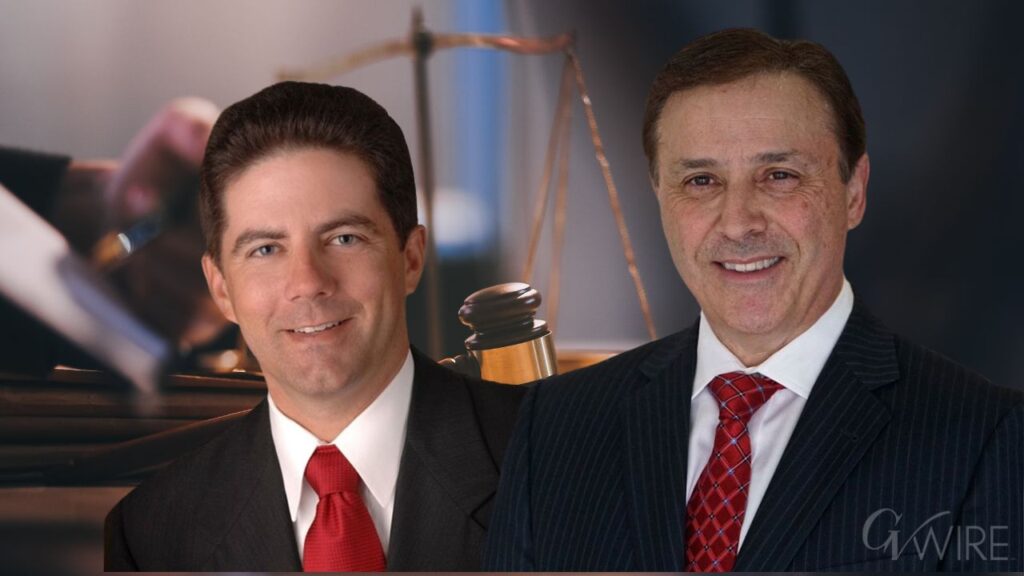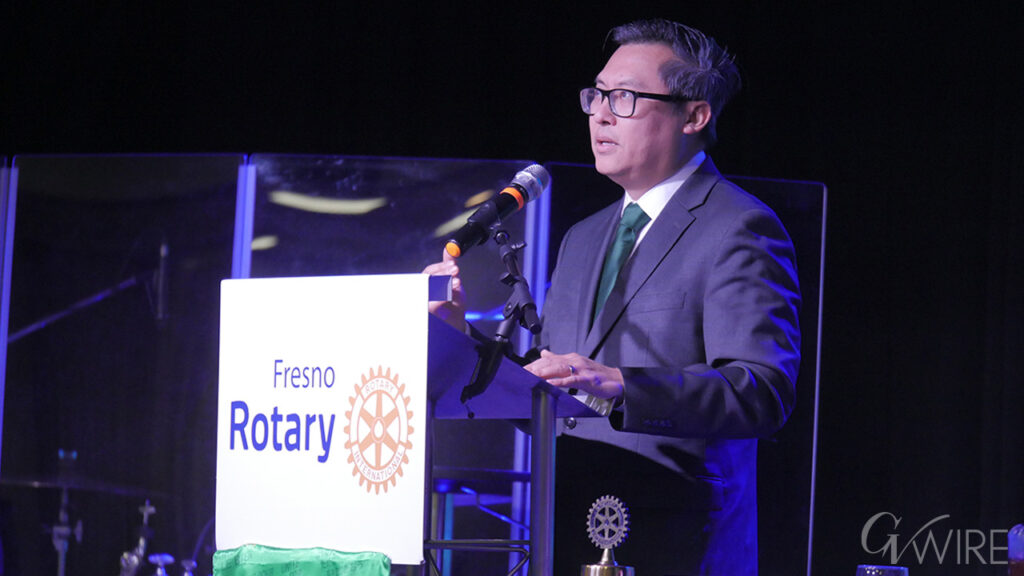Share
|
Getting your Trinity Audio player ready...
|
Pacific Gas and Electric customers could soon see a big bump in their electric bills under a proposed rate increase that the California Public Utilities Commission is scheduled to vote on Thursday in Sacramento.
The PUC is scheduled to consider proposals that would raise PG&E’s revenues by billions of dollars over the next four years, largely to pay for undergrounding and hardening of electric lines in wildfire-prone areas.
The PUC meeting is scheduled to begin at 11 a.m. Thursday and will be held in the Rosenfeld Room at 1516 Ninth St. in Sacramento.
Update: PUC staff later Wednesday moved the rate increase proposal to the hold list, postponing consideration until the Nov. 16 meeting that will be held in Southern California.
Mark Toney, head of the nonprofit advocacy organzation The Utility Reform Network, said that the PUC’s delay in making a decision — the decision was due in September but has been repeatedly postponed — might not be good for PG&E customers.
“TURN is worried that the delay in CPUC decision-making gives PG&E more time to lobby to make the Proposed Decision even more favorable to Wall Street investors, at the expense of California residents already burdened with skyrocketing monthly PG&E bills,” he said.
Last week, the PUC’s Public Advocate’s Office issued a third-quarter 2023 electric rates report that showed residential rates charged by the state’s three investor-owned utilities — PG&E, Southern California Edison, and San Diego Gas & Electric — are more than twice the national average.
The report forecasts that PG&E’s residential rates, now averaging over 32 cents per kilowatt-hour, will jump to more than 40 cents by the end of the year and will match San Diego’s.
Initial PG&E Proposal Raised Rates by 33%
PG&E originally had sought to raise its revenues from $12.214 billion last year to $16.2 billion this year, an increase of nearly 33%.
The PUC is considering two proposals: One would raise PG&E’s revenues this year by 13% this year, the other would raise this year’s revenues by 9%. And there would be further revenue hikes over the next three years.
The proposed PUC decision would hike PG&E’s revenues to $13.82 billion this year, $14.472 billion in 2024, $14.729 billion in 2025, and $14.851 billion in 2026. The proposal comes from administrative law judges Regina DeAngelis and John Larsen.
An alternative proposed decision by PUC Commissioner John Reynolds would raise PG&E’s revenues to $13.313 billion this year, $14.016 billion in 2024, $14.318 billion in 2025, and $14.494 billion in 2026.
Because the rate hike was supposed to be in effect starting Jan. 1 this year, customers could see even higher bills when the rates take effect. To minimize impacts on customers, the PUC is proposing that the rate hikes would take effect on Jan. 1, 2024, and that rates be ratcheted up throughout 2024.
TURN: Rate Hikes Should Match Inflation
The Utility Reform Network has lobbied with the PUC to hold PG&E’s rate hikes to the cost of inflation, arguing that customers are paying even greater proportions of their monthly household budgets for utilities.
Toney says Thursday’s vote will be a “slap in the face” to PG&E customers who have already seen their bills climb by $80 a month since the beginning of this year. The proposed $40 a month increase starting in 2024 is “just the tip of the iceberg,” because PG&E has multiple rate hike increases on the table, Toney said. “Each increase gets stacked on top of previous increases,” he said.
TURN says that in the hottest parts of the state, such as the Valley, customers will face monthly bills of more than 24% of their disposable income this year.
According to the Public Advocate’s electric rates report, since 2014 PG&E’s rates have skyrocketed by more than 75%, while the rate of inflation was under 30%.
PG&E says it needs the extra revenues over this year and the next three years to pay for electric line undergrounding, at an estimated cost of $2.8 million to $3.3 million per mile. However, after hearing from consumers and advocacy organizations, the PUC postponed the rate case decision to consider alternatives that would limit the amount of undergrounding and require PG&E to “harden” overhead lines, making them less likely to spark fires.
The DeAngelis/Larsen proposal would limit PG&E to undergrounding 200 miles of lines and hardening 1,800 miles, while the Reynolds proposal would underground 973 miles of lines and harden 1,027 miles of lines.
Even with the reduced revenues being recommended, PG&E would continue to have a “reasonable opportunity to earn its authorized rate of return of 7.28%,” according to the PUC’s proposed decision.


















